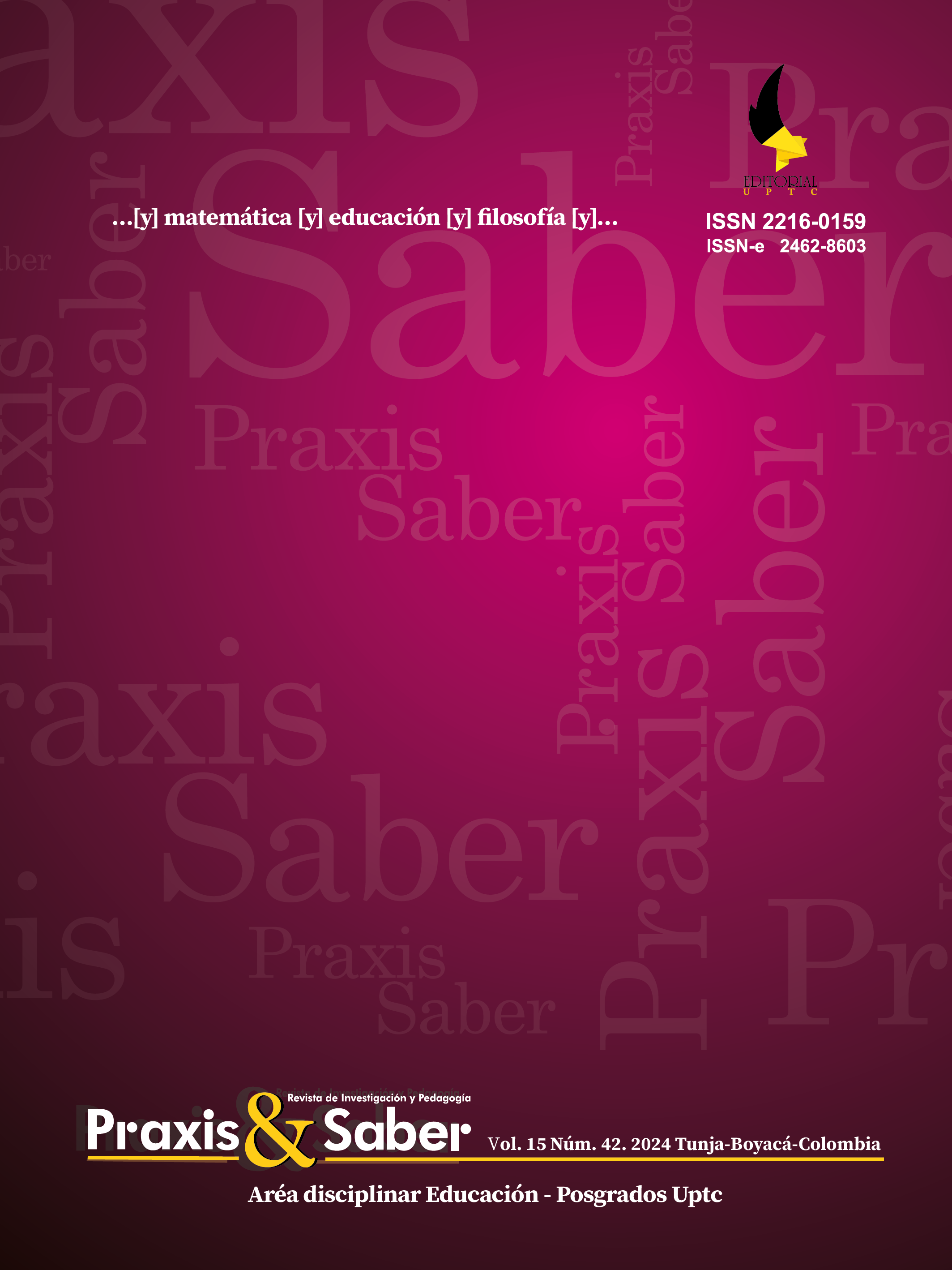The Hypertext Class of Mathematics: Transcreations of a Teaching

Abstract
he aim of this article is to highlight a way of teaching mathematics through transcreative didactics and hypertextuality. Theoretically and methodologically, based on the concepts of perspectivism and differential thinking, the class is interpreted as a hypertext, produced in a collective journey between readings and writings and translations. In the dialogue that is established on the borders of what is described as mathematics (which we call hypotext here) and so many other knowledge and practices, micro- movements of creation are produced, which mobilize words through the various senses and meanings produced by teachers and students. This text addresses language as a constituent of reality when we ask ourselves what a transcreation didactic can do in mathematics education. In the act of affirming a mathematical
teaching through transcreation, we move towards a teaching less based on representation and more through the power of creation when reading and writing with the domains of the field of mathematics. In addition, the teaching activity is defended in its authorial and inventive character.
Keywords
teaching, hypertextuality, didactics, mathematics education
Author Biography
Samuel Edmundo Lopez
Doutor em educação.
Professor Titular da Universidade Federal do Rio Grande do Sul
Virgínia Crivellaro
Doutora em educação.
Professora de matemática e do Atendimento Educacional Especializado na Prefeitura Municipal de Porto Alegre
References
- Corazza, S M (2016). Currículo e didática da tradução: vontade, criação e crítica. Educação & Realidade, 41 (4), 1313 -1335. http://dx.doi.org/10.1590/2175-623658199
- Corazza, S M (2020). Metodosofia: contrato de tradução. CORAZZA, S M (org.:). Métodos de transcriação: pesquisa em educação da diferença. São Leopoldo: Oikos, p. 13-36.
- Deleuze, G (2006). Diferença e repetição, Graal.
- Dias, R (2011). Nietzsche, vida como obra de arte. Civilização brasileira.
- Genette, G (2006). Palimpsestos: a literatura de segunda mão. FALE/UFMG.
- Lamela Adó, M. D., Corazza, S. M. & Campos, M. I. K (2017). Processos tradutórios na pesquisa em educação: o projeto escrileituras. Educ. Pesqui. 43(4), 1163-1178. DOI: http://dx.doi.org/10.1590/S1517-9702201702154937
- Marques, A (2003). A filosofia perspectivista de Nietzsche. São Paulo: Editora UNIJUÍ, 2003.
- Nietzsche, F (2009). Genealogia da moral: uma polêmica. Companhia das Letras
- Nietzsche, F. (2005). Além do bem e do mal. Companhia das Letras.
- Nietzsche, F. (2012). A gaia ciência. Companhia das Letras.
- Piglia, R. (2001). Crítica y ficción. Barcelona, Editora Anagrama.
- Sanchotene, V. C. (2021). Matemática como hipotexto: inventários e invenções. (Tese de doutorado, UFRGS). http://hdl.handle.net/10183/236396
- Sanchotene, V.C. & Santos, G.S. (2020). Rachar as palavras em aulas de matemática: (com)posições de sentidos. BOEM. 8(17), 180–197. DOI: https://doi.org/10.5965/2357724X08172020180
